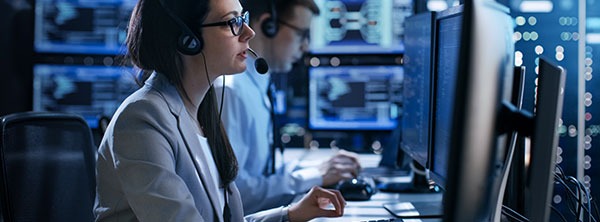An Exclusive Guide on the Influence of Supply Chain Control Tower

When COVID-19 struck, disruption in the supply chain affected everyone somehow. The pandemic exposed vulnerabilities in the global supply chain for each product. These vulnerabilities together leave entrepreneurs more aware of the impacts of disruption.
The confluence of circumstances is a push factor that makes it crucial to address the situation. This is possible through a supply chain control tower, which provides essential visibility. An organization is to navigate this complex matter. Managing disruptions from the onset makes it possible to correct issues before they escalate.
Types of supply chain control towers
A supply chain control tower is a customized dashboard of data showing business metrics. They work to manage revenue solutions. It helps organizations understand, focus on and resolve issues in real-time. Here is a breakdown of supply chain control towers.
- Logistics/transportation control towers – Shipping notifications, tracking, and delivery data is visible.
- Fulfillment control towers – Specialization of packaging of shipments to hurry orders and cut costs.
- Inventory control towers – Emphasis on real-time inventory insights, to avoid shortages.
- Supply assurance control towers – Planning of supply, delivery and other related matters.
- Exchange to Exchange (E2E) – Visibility of internal and external systems of various departments.
Factors to Consider When Deploying a Supply Chain Control Tower
A company needs an intelligent control tower that provides end-to-end visibility on a supply chain. It makes it possible to have deep insight into unexpected external events. Further, smart control towers enable system collaboration across all teams and trading associates. They also preserve organizational input to speed up decision-making and eventualities. With all this information, predicting disruptions is quick. It boosts resilience while managing expectations’ response to unplanned events.
- Data quality – The efficiency of a supply chain control tower depends on quality data to influence visibility and output insights.
- Practical and actionable outputs – Useful data is usable, practical and actionable. As a result, it brings favorable outcomes. Stakeholders must provide understandable and applicable information to help solve everyday problems.
- Mindset change management – For a control tower to operate, it requires planning. Due to significant collaboration efforts, stakeholders can explore beyond existing mindsets.
Benefits of a Supply Chain Control Tower
A supply chain control tower provides end-to-end visibility to support decisions and an opportunity to fix wrongs. Hence, making an organization’s supply chain vibrant. A resilient supply chain handles problems are as they arise. Here are the benefits of a supply chain control tower include:
- End-to-end visibility – Companies manage events, and reduce risks and costs using data.
- More accurate forecasting – Accurate forecast, stakeholders can make informed decisions. Accurate forecasts lead to efficiency in operations, with little or no waste.
- Greater agility – Agile systems can pivot unexpected turn of events for the better. This results in better customer experiences, fast response time.
- Better collaboration – An efficient supply chain links all stakeholders to work together.
- Best inventory levels – There’s visibility in the entire inventory across the network. Companies get what they need, where, and when they need it. Inventory turnover and profits increase, while inventory holding stock-outs and shortages go down.
Conclusion
A stable supply chain control tower provides end-to-end visibility. Thus, stakeholders are able to manage and handle disruption on time. As a result, the customer receives whatever they need on time, and no one will know there was a shake-up.